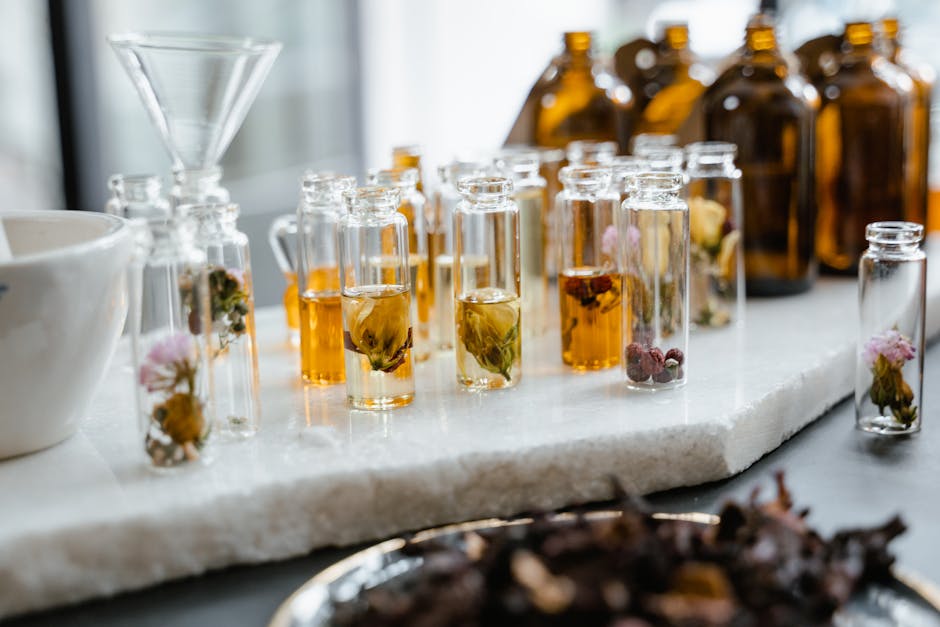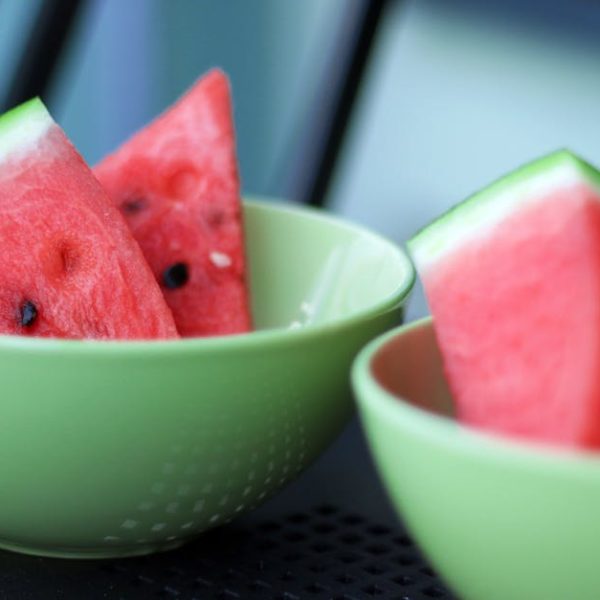Neem oil is a natural substance derived from the fruits and seeds of the neem tree (Azadirachta indica), a plant native to the Indian subcontinent. Packed with bioactive compounds like azadirachtin, nimbin, and triterpenoid, neem oil offers a multitude of benefits that can significantly boost vegetable growth.
Among its many advantages, neem oil is esteemed as an excellent organic pesticide and fungicide. It wards off a variety of vegetable-ruining pests, such as aphids, whiteflies, and beetles without harming the environment, humans, or pets. It suppresses several types of fungi that cause plant diseases like powdery mildew and black spot, thereby ensuring healthy vegetable plants.
Neem oil also serves as a plant booster, bolstering plant immunity and improving resilience against stressful conditions. The result: better-quality vegetables, higher yields, and plants that can better withstand difficult growing conditions.
_Pro Tip: The efficacy of neem oil is highly dependent on your specific vegetable plants’ needs. Hence, learning about the specific pests, diseases, and environmental factors affecting your vegetation can maximize the benefits of this natural elixir._
How to Prepare Neem Oil for Vegetable Application
Applying neem oil correctly begins with the right mixture. For best results, make sure you have 100% cold-pressed neem oil, which contains all of the beneficial bioactive compounds.
In general, you need a weak dilution of neem oil. Aim towards a mixture of 1% to 2% – this means about one to two ounces of neem oil in a gallon of water.
Adding a surfactant or mild dish soap to the diluted mixture (up to a tablespoon per gallon) helps emulsify the oil, ensuring it evenly coats the plants and stays in place when sprayed.
_Best Practice: Mixing the neem oil with water and soap can lead to the oil floating on top. Therefore, you should shake your sprayer regularly during the application process to ensure that the oil remains well distributed._
Application of Neem Oil on Vegetables
Coming to the technique of application, timing is key. Neem oil should be applied during the cooler parts of the day – early morning, late afternoon, or evening. This prevents the oil from burning the plant surfaces under the hot midday sun.
Spraying neem oil using a handheld sprayer ensures an even coat. The focus should be on covering all plant surfaces, including the undersides of leaves where pests often hide.
Neem oil works as a systemic in many plants, absorbed by the plant and distributed throughout tissue. However, for others, spraying proves more beneficial. Here’s a quick comparison:
_Comparison: Spraying vs. Soil Application of Neem Oil_
| Spraying | Soil Application | |
|---|---|---|
| Pros | Can target specific areas, covers insect hiding places, quick pest control. | Absorbed by plant, promotes systemic resistance, longevity of pest prevention. |
| Cons | Requires repeated applications, could harm some beneficial insects. | Slower acting, not all plants absorb neem oil. |
Knowing When Not to Use Neem Oil on Vegetables
While neem oil boasts various benefits, there are scenarios when its use could be unfavorable. One such scenario is when temperatures are exceptionally high. Neem oil could burn plant surfaces, causing more harm than good.
Furthermore, ensure the absence of beneficial insects on your vegetable plants. Neem oil can deter or harm these helpful critters, disrupting the natural balance in your garden.
Finally, avoid applying neem oil close to your vegetable harvest time. Despite being organic and generally safe, there is no need to chance any residue or impact on taste.
_Best Practice: Post-application, always observe your vegetable plants. If you notice yellowing, wilting, or any other signs of distress, cease application and reassess your usage._
Maintaining Safety and Aiding Plant Growth: Tips to Remember
Practical safety while using neem oil is key. Although it’s an organic product, it’s still essential to use gloves and a mask during application to avoid unnecessary exposure. Storing neem oil in a cold, dark place keeps it effective longer, while proper disposal of the remaining mixture ensures safety.
Beyond neem oil application, nurturing your vegetables takes more – right fertilization, watering routines, and natural practices that contribute to healthy soil ecosystems are just as important.
_Pro Tip: Adding neem oil to your toolbox is a fantastic start, but consider this one part of a more comprehensive, well-balanced plant care agenda. Maintaining such a routine ensures happy, productive vegetable plants._
Conclusion
Using neem oil on veggies is a safe, organic method to protect your plants from pests, enhance their growth, and ensure a bountiful harvest. It’s vital to understand how to mix, apply and store it properly, and when it’s most beneficial or potentially harmful to use. Adopting neem oil into your gardening routine is a simple way to move towards healthier, more responsible vegetable growing. Now, equipped with these insights, you can confidently utilize neem oil to see your vegetables thrive!
Key Takeaway:
- Neem oil, extracted from the neem tree, is packed with beneficial bioactive compounds that can significantly enhance vegetable growth.
- It serves as an excellent organic pesticide and fungicide, providing protection from pests and diseases.
- The application of neem oil requires a well-prepared mixture, a proper application technique, and the right timing.
- Although it is mostly beneficial, there are certain situations where neem oil usage could be unfavorable, such as high temperatures, in the presence of beneficial insects, and just before harvest time.
- Adopting safe usage of neem oil and integrating it into a broader plant care routine can yield superior results in vegetable growth.
Finally, it’s important to remember that the journey to a lush vegetable garden doesn’t have to be difficult. Implementing natural methods like applying neem oil on your veggies can enhance growth, maintain plant health, and ensure a bountiful yield. By staying informed and attentive to your plants’ needs, your gardening endeavors can be incredibly fruitful.
FAQs
Q: Does neem oil affect the taste of vegetables?
A: Neem oil is generally safe and organic, but it might leave a residue on vegetables if applied close to harvest time, possibly affecting the taste. To avoid this, refrain from applying neem oil when your vegetables are ready for harvest.
Q: Can I use neem oil year-round, or is there an optimal season?
A: You can use neem oil year-round, but remember to avoid application during high temperatures to prevent potential plant damage. Cooler parts of the day are the best times to apply neem oil.
Q: What types of pests and diseases can neem oil control?
A: Neem oil can deter a wide range of pests, including aphids, whiteflies, and beetles. It’s also effective against a variety of plant diseases, such as powdery mildew and black spot.
Q: Will neem oil harm my other garden plants?
A: Neem oil is generally safe for most plants. However, it’s always best to test it on a small area of the plant first. If there are no adverse reactions after 24 hours, you can continue with the application.
Q: Can I use leftover neem oil mixture for future applications?
A: It’s best to only mix the amount of neem oil you plan to use immediately. Leftover mixtures may not be as effective. Always dispose of any unused mix properly to maintain safety.
Feel free to share this article in your gardening communities and explore more posts on our website for insights on natural plant care and effective gardening techniques. Happy gardening!






